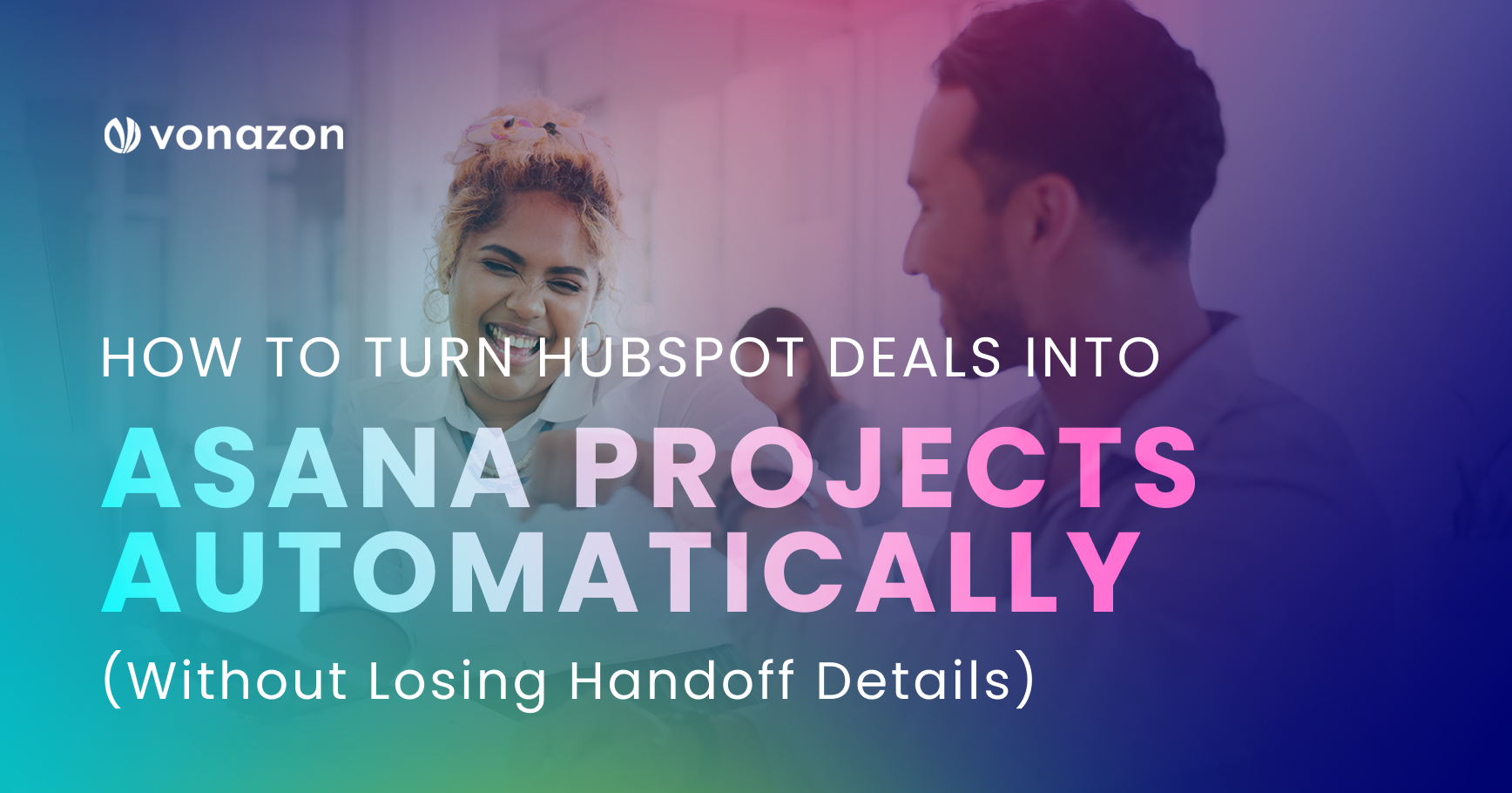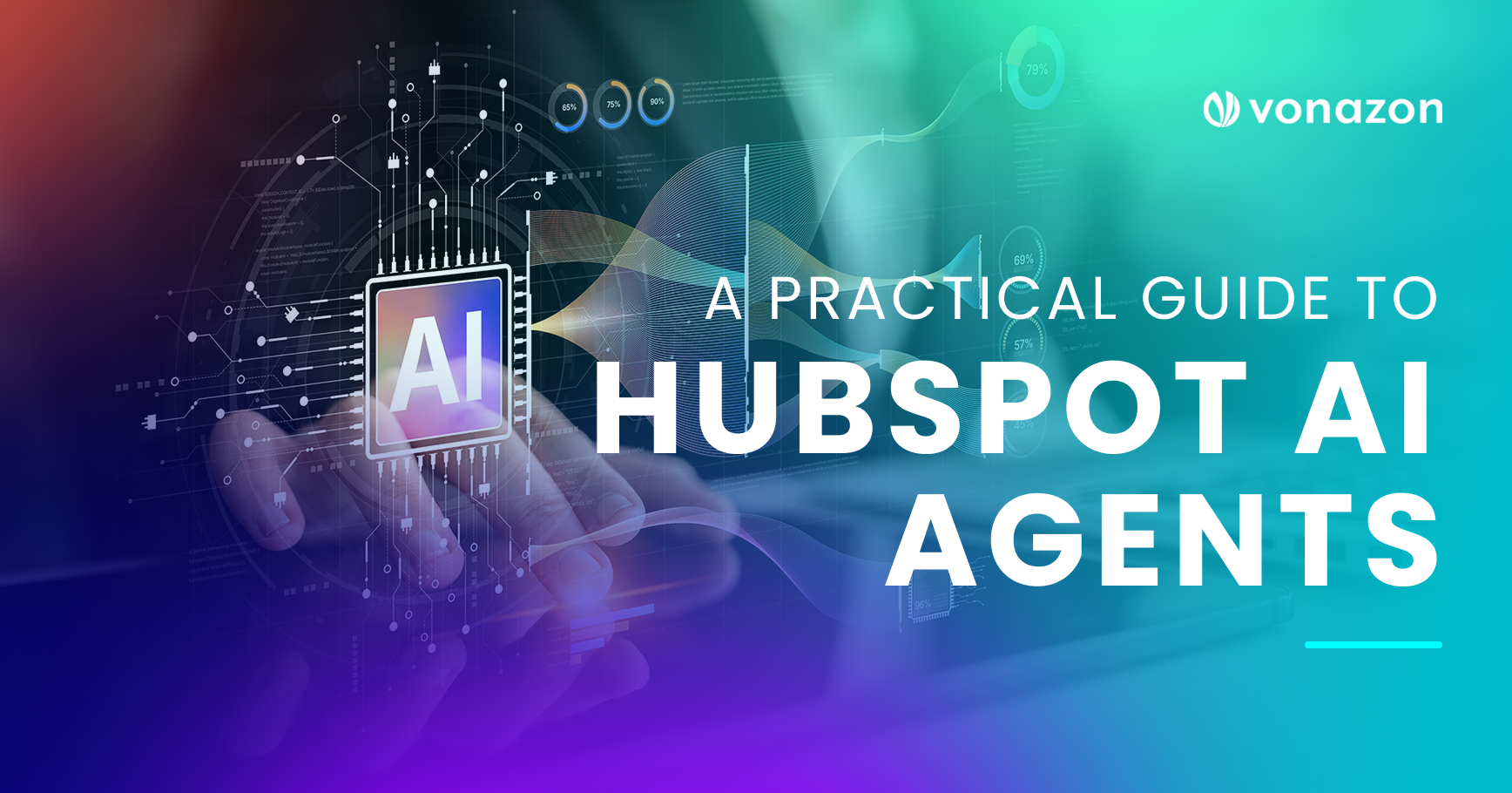HubSpot Website Migration: How to Make the Move Without Losing Your Mind
Switching your website from one platform to another is a lot like moving houses. You know you’ll love the new place, but right now you’re surrounded by boxes, wondering how you’ve accumulated 47 coffee mugs and debating whether to pack them yourself or just “accidentally” leave them behind.
A HubSpot website migration isn’t much different, except the “boxes” are your pages, templates, images, forms, and SEO data. And while the end result is well worth it, the process can be intimidating if you’ve never done it before.
The good news is if you plan it right, you can migrate your site to HubSpot without breaking your search rankings, losing critical functionality, or living in “website purgatory” for weeks.
Let’s walk through what’s involved in a HubSpot website migration, what can go wrong, and how to make the transition as smooth as your post-launch celebration champagne.
Why Migrate to HubSpot in the First Place?
There’s no shortage of CMS options out there—WordPress, Squarespace, Wix, Drupal, the list goes on. But more and more businesses are packing up and moving to HubSpot, and it’s not just for the novelty of a new platform. One of the biggest draws is that everything lives under one roof. Your CMS, CRM, marketing automation, analytics, and forms can all talk to each other without custom coding or awkward integrations. That means fewer tools to juggle, less tech bloat, and cleaner, more reliable data.
Then there’s the built-in marketing muscle. HubSpot’s CMS Hub comes ready with A/B testing, SEO recommendations, smart content personalization, and robust analytics baked in. It’s not just a place to host your pages, it’s a platform designed to turn your site into a lead-generating machine instead of a static online brochure.
Security and performance are also a big win. Every HubSpot site is hosted on a globally distributed CDN, includes SSL, boasts 99.99% uptime, and comes with built-in security. It’s fast, it’s safe, and you don’t need a separate hosting provider to keep it that way.
And for the day-to-day users, HubSpot makes content management a breeze. Drag-and-drop editing, custom modules, and no plugin update headaches mean your marketing team can work faster, without waiting on developers for every little change.
What’s Involved in a HubSpot Website Migration?
A migration isn’t just a copy and paste of your old site into HubSpot. It’s a strategic process that blends design, development, and data preservation. Here’s the high-level breakdown:

1. Audit Your Existing Website
Before you touch a single page, start with a full audit of your existing website. Think of it as creating a master inventory – one that captures every URL, where it currently lives, and where it will end up in HubSpot.
This step also means cataloging all your media files, forms, and integrations so nothing important gets left behind. Pay special attention to pages with strong SEO value; you’ll want to make sure they keep their rankings after the migration.
A good rule of thumb is to use tools like Screaming Frog or SEMrush to crawl your site and generate a complete URL map. It’s a small upfront investment of time that will save you a lot of headaches later.

2. Decide on a Design Approach
When it comes to design, you have two main paths. You can replicate your current look and feel in HubSpot, which works well if you’re happy with your existing brand and layout. Or, you can use the migration as an opportunity for a full redesign, an ideal choice if your site feels outdated or you want to take full advantage of HubSpot’s design flexibility.
If you choose the redesign route, keep in mind that a new layout can temporarily affect your SEO. Careful planning, especially around redirects, will help protect your rankings during the transition.

3. Rebuild Templates in HubSpot
Once your audit and design decisions are complete, it’s time to rebuild your templates in HubSpot. Because HubSpot uses its own templating system, HubL, your old HTML and CSS may need adjustments to fit the new environment.
This stage is where you’ll create page templates, build out blog templates, and design email and landing page templates to keep your brand experience consistent across every channel.

4. Migrate Content
With templates in place, the content migration begins. Every page, blog post, image, and downloadable resource needs to be transferred to the new site.
For larger websites, HubSpot’s Migration Services can take care of much of the heavy lifting, but it’s important to note that these services focus on structure and layout rather than strategic content optimization, something worth handling intentionally during the process.

5. Configure Forms, CTAs, and Integrations
Next comes configuring your forms, CTAs, and integrations. HubSpot’s native forms will replace your old ones, and CTAs will be rebuilt so they’re fully trackable within the platform.
This is also the stage where you’ll connect CRM properties, chatbots, and any third-party tools to ensure a seamless experience from the first visitor click to your internal workflows.

6. Handle SEO and Redirects
Then there’s the critical task of handling SEO and redirects. Preserving your search rankings during migration is non-negotiable.
That means setting up 301 redirects for any changed URLs, migrating all metadata and structured data, reconnecting Google Search Console and Analytics, and testing page load speeds to maintain performance.

7. Test Before You Launch
Finally, before you launch, run a full round of testing. Click every link, submit every form, and double-check that all workflows trigger correctly.
Review how your site looks on mobile and tablet devices, and run performance tests to confirm it’s loading quickly. The more thorough you are here, the smoother your launch day will be.
Common HubSpot Website Migration Mistakes and How to Avoid Them
We’ve seen our fair share of missteps that can turn an exciting upgrade into a messy recovery project.
MISTAKE #1
One of the most common is skipping the content audit. If you don’t know exactly what’s moving where, you risk ending up with broken links, missing pages, and frustrated visitors. A clear migration map is your best insurance against that chaos.
MISTAKE #2
Another frequent issue is forgetting redirects. A single missing 301 redirect can send both users and search engines into a dead end, which can tank your SEO. Every old URL should have a mapped equivalent on the new site, no exceptions.
MISTAKE #3
Image optimization is another often-overlooked step. Your old site may be hiding bloated, oversized images that drag down load times. HubSpot’s built-in image compression makes it easy to slim things down and keep your site running fast.
MISTAKE #4
Overcomplicating the design is a temptation that’s easy to fall into. HubSpot’s CMS is powerful, but that doesn’t mean every page needs animations, parallax effects, and a video background. The most effective sites are usually the ones that stay clean, fast, and user-friendly.
MISTAKE #5
And finally, there’s the mistake of launching without fully testing workflows. If your forms aren’t feeding into the right lists or triggering the right automations, you’ll start losing leads from day one.
SEO Considerations During Migration
Search engines don’t like surprises. If you want to maintain (or even improve) rankings, keep these in mind:
- Keep URL structures consistent where possible.
- Migrate metadata exactly as it is (titles, descriptions, alt text).
- Update your XML sitemap and submit it to search engines after launch.
- Monitor rankings and traffic for the first 90 days post-launch.
Life After Migration: What to Do Post-Launch
The work doesn’t stop the day you hit “publish.” Once your HubSpot website migration is live, it’s time to keep a close eye on how it’s performing. Monitor site speed and overall performance to make sure everything is running smoothly. Dive into your analytics regularly to spot any sudden drops in traffic or broken navigation paths that might have slipped through testing.
This is also the perfect time to start A/B testing key pages, experimenting with headlines, layouts, and CTAs to see what drives the best results. And don’t forget to train your team on how to make the most of HubSpot’s CMS tools. The more comfortable they are managing and optimizing content, the more value you’ll get from your new site.
Why Work with a Partner for Your HubSpot Website Migration?
A HubSpot website migration is an investment in both your site’s performance and your team’s sanity. With the right plan, you can protect your SEO, streamline your marketing operations, and give your visitors a better experience, all without losing sleep.
Could you DIY a migration? Sure. Could you also replace your own transmission? Also yes, but most people prefer to avoid the stress and potential for expensive mistakes.
Working with a HubSpot Elite Partner like Vonazon means:
A dedicated team that’s done hundreds of successful migrations.
Built-in SEO preservation.
Strategic recommendations on design and content for lead generation.
Zero downtime and minimal disruption to your business.
And the best part is you start taking advantage of HubSpot’s marketing and CRM tools from day one.

Ready to move your site to HubSpot without the headaches?
Vonazon has helped businesses migrate everything from single-page microsites to sprawling corporate domains, always with a focus on SEO preservation, clean design, and measurable results.






